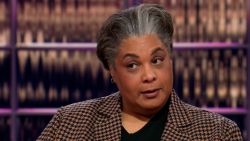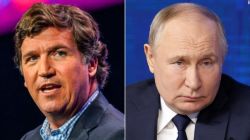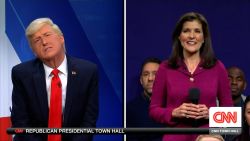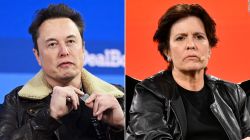Disney shareholders on Thursday narrowly approved a compensation package for CEO Bob Iger worth as much as $35 million this year.
Iger is set to receive a $3 million annual base salary, along with an annual bonus targeted at $12 million. He’s also eligible every year for a stock grant targeted at $20 million. That grant will vest over time as an incentive for Iger to remain with Disney.
57% of shareholders voted in favor of the package. The vote happened days after Disney reduced Iger’s target compensation by $13.5 million, according to paperwork filed with regulators Monday.
The tepid vote also came a year after Disney (DIS) shareholders rejected Iger’s compensation package in a rare rebuke. Only seven S&P 500 companies received less than 50% of shareholder support for their pay packages in 2018, according to As You Sow, a non-profit that runs and consults on shareholder campaigns. The firm promotes many progressive policies, particularly involving environmental and social change.
Such votes are non-binding, which means the company isn’t required to follow shareholder recommendations.
But even if a package ultimately passes, low approval numbers are still important to look at, said Rosanna Landis Weaver, an As You Sow program manager who researches CEO pay. As You Sow called Iger the sixth most overpaid CEO in its 2019 ranking.
“Fifty and passing isn’t some magical number given that this vote is advisory in the first place,” Weaver said. “It may be symbolic to Disney, but it shows tremendous dissatisfaction on the part of shareholders.”
Disney did not comment about Thursday’s shareholder vote beyond a news release that acknowledged the results of the meeting.
In a statement to Bloomberg on Tuesday after the pay reduction was disclosed, Iger said he was “proud to be leading the Walt Disney company through this important time and believe the changes I, with the board, have made are in the best interest of the company.”
Iger has been Disney’s chief executive since 2005, and he’s overseen the company as it has landed some of its biggest deals in recent years. Both the $4 billion acquisition of Marvel and the $4 billion purchase of Lucasfilm, including the “Star Wars” franchise, happened during his tenure.
Disney’s most recent mega-deal was last year’s $71 billion takeover of 21st Century Fox, which is expected to close soon. Once it does, the combined company will control a substantial portion of U.S. box office revenue. The Fox assets are also expected to help Disney broaden its content library as it moves into streaming with Disney+.
But Iger’s pay has been a target of criticism. He was the fifth highest-paid CEO of 2017 on an Equilar list that looked at large companies, which reported Iger’s total compensation that year at roughly $36 million.
Iger’s total compensation in 2018 was roughly $66 million. That increase was largely boosted by long-term incentives associated with his contract extension, which was announced alongside the deal for most of Fox.
The disparity between Iger’s pay and the wages of his employeesentered the national spotlight last year, when Vermont Sen. Bernie Sanders pressured the company to raise wages for workers at Disney’s theme parks in the United States. Sanders, who is running for president, called worker wages and benefits “atrocious” at the time. Disneyland gave its workers a pay raise at the start of the year. Walt Disney World Resort workers landed a deal to bump their pay to $15 an hour by 2021.
Abigail Disney, the granddaughter of company co-founder Roy Disney who is also a filmmaker, philanthropist and supporter of liberal causes, told CNBC on Thursday that CEOs “in general are paid far too much.”
While she declined to tell the network whether she thought Iger specifically was overpaid, she said that “if your CEO salary is at the 700, 600, 500 times your median workers’ pay, there is nobody on Earth, Jesus Christ himself isn’t worth 500 times his median workers’ pay.”
On Thursday’s shareholder call, Iger noted that the company has delivered a total shareholder return of 732% over the last decade. That’s more than 300 percentage points higher than the broader S&P 500.

























